If you like to look at the night sky, you may have noticed that “shooting stars” have started to appear in recent days. These are the first harbingers of the Perseid meteor shower, which is often called the main celestial show of the summer. But where did it come from and why did it become so popular? Let’s find out.

What is a meteor shower?
Let’s start with the definition of a meteor shower. This phenomenon occurs when the Earth passes through a plume of dust, usually left by a comet. Since the particles follow roughly the same trajectory as their “mother,” the meteors they produce appear to ground-based observers as meteors diverging from a single point on the celestial sphere (called a radiant).
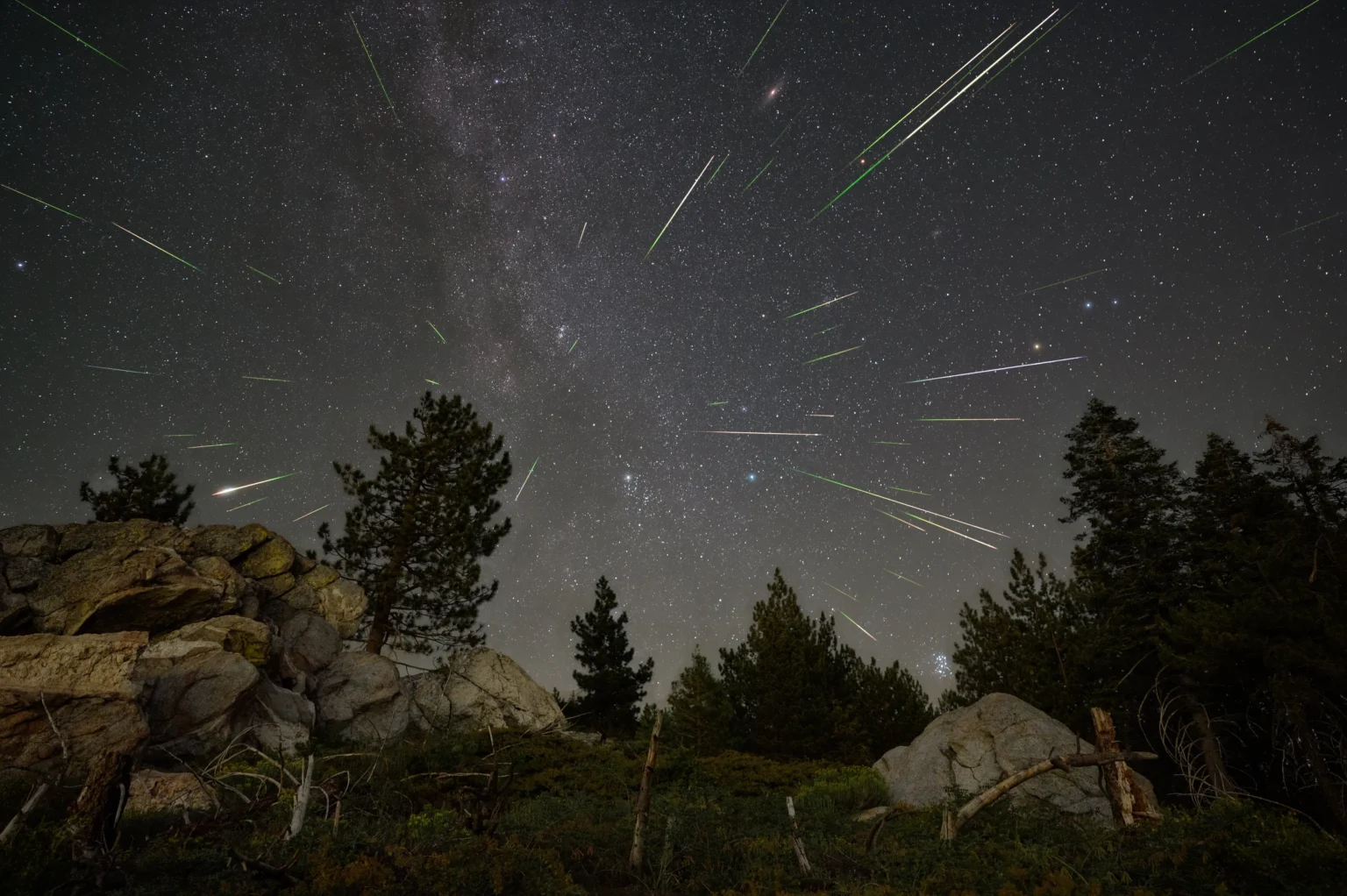
Meteors should not be confused with meteorites. A meteor is a trail of fire that occurs when a celestial body enters the atmosphere. A meteorite is the part of a body that manages to reach the Earth’s surface. Since meteor showers are caused by dust particles entering the atmosphere, most of which are no larger than a grain of sand, they pose no threat to our planet and do not lead to the appearance of meteorites. Almost all dust burns up in the atmosphere.
A meteor shower should also not be confused with a meteorite shower. A meteorite shower is a multiple meteorite fallout that occurs when a large object is destroyed.
The source of the Perseids
Like most meteor showers, the Perseids occur when the Earth passes through a cometary tail. It is left by comet 109P/Swift-Tuttle. This is a rather large tailed guest. The diameter of its nucleus is estimated at 26 km. The comet itself approaches the Sun only about once every 135 years, but the Earth passes through its tail every year.
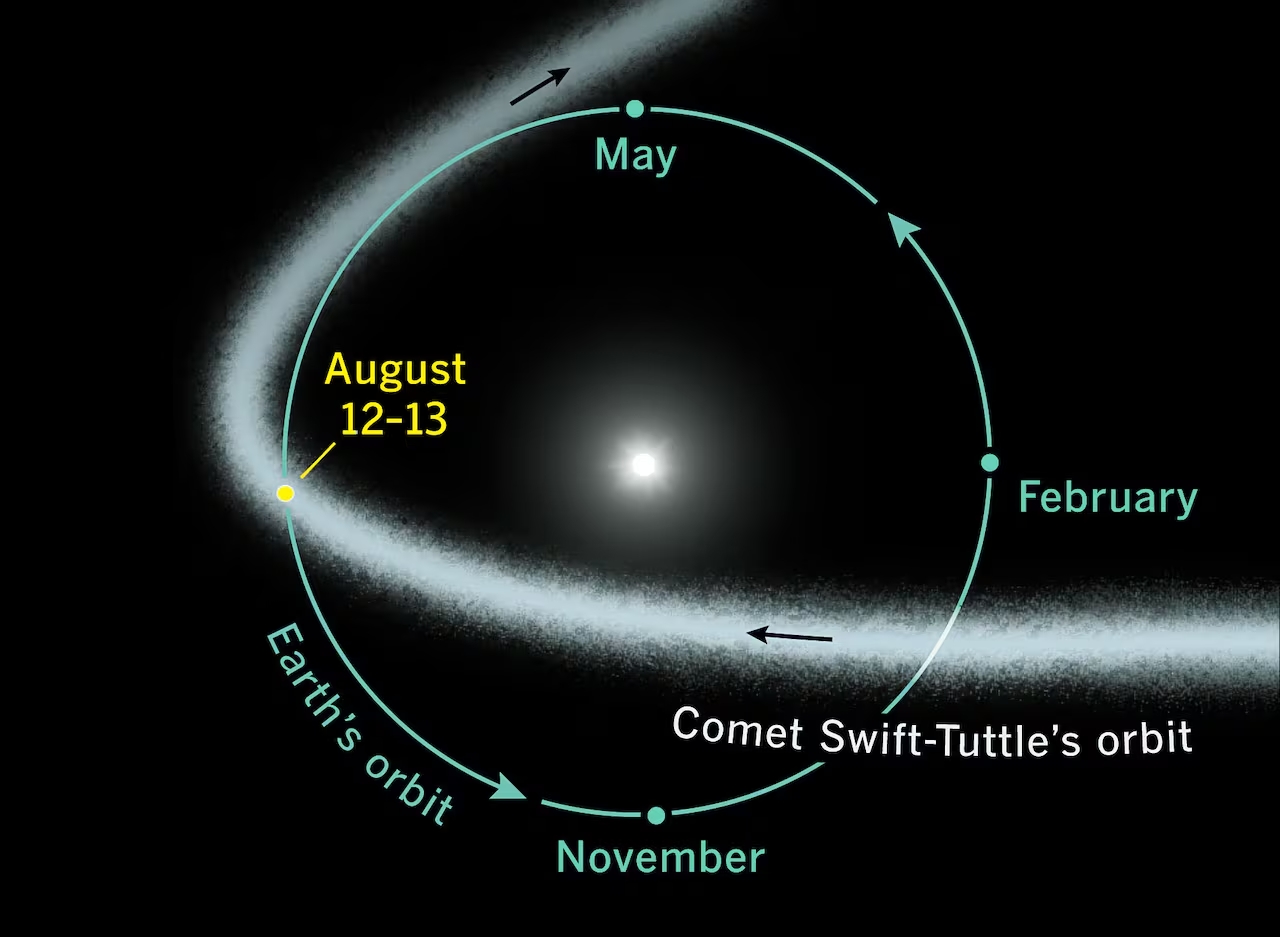
It is worth noting that Comet Swift-Tuttle is the largest near-Earth object that makes regular dangerous approaches to Earth. Given its size, a collision with our planet would have catastrophic consequences for all living things. Fortunately, calculations show that in the next millennium, the comet will not pose a threat to the Earth. It is difficult to make a longer-term forecast because the orbit of Swift-Tuttle changes after each passage of the Sun.
Why the Perseids have become so popular
At the peak of the Perseids’ activity, observers can see 50-60, and sometimes even more meteors per hour. This is a pretty good figure, but still not a record. The Leonids and Geminids meteor showers are usually more powerful than the Perseids.
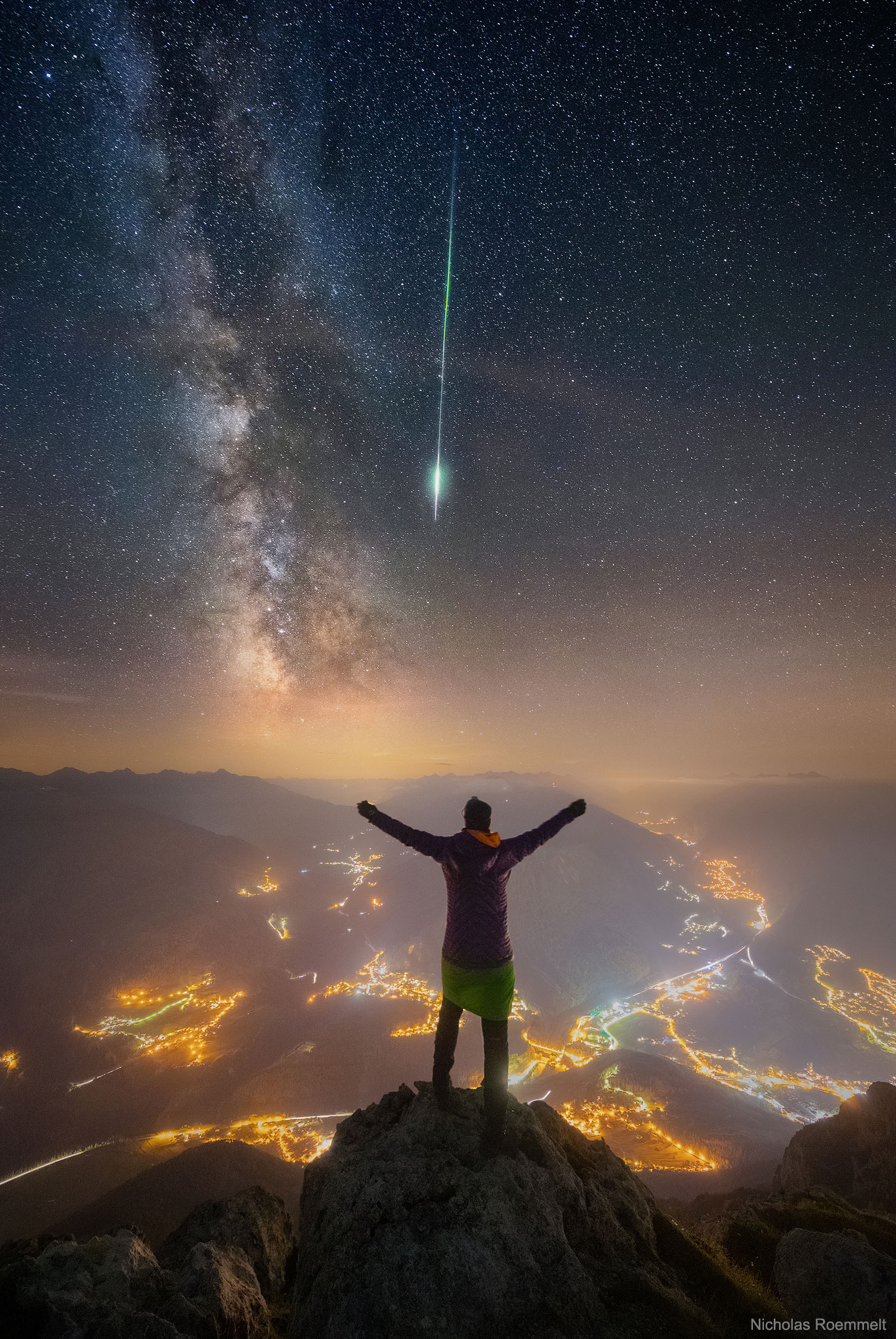
However, in the case of meteor showers, it is not only the number that matters, but also the conditions of observation. Leonids and Geminids are visible in November and December. At this time, winter comes to the northern hemisphere, which causes weather conditions to deteriorate. The sky is often covered with clouds, and the temperature factor should not be discounted. It’s much more pleasant to watch the sky on a comfortable summer night than during the cold.
The Perseid peak occurs in the first half of August. At this time, the nights are still warm in the northern hemisphere, and the sky is usually free of clouds.
When and how to observe the Perseids
The first Perseids usually appear in the sky in mid-July. But the shower reaches its maximum in August. In 2024, the Perseids are forecast to peak on the night of August 12-13. At this time, the lunar disk will be 50% illuminated. Therefore, the best time to observe the Perseids will be between midnight, when the Moon is already below the horizon, and sunrise. Most often, meteors are best seen just before dawn.
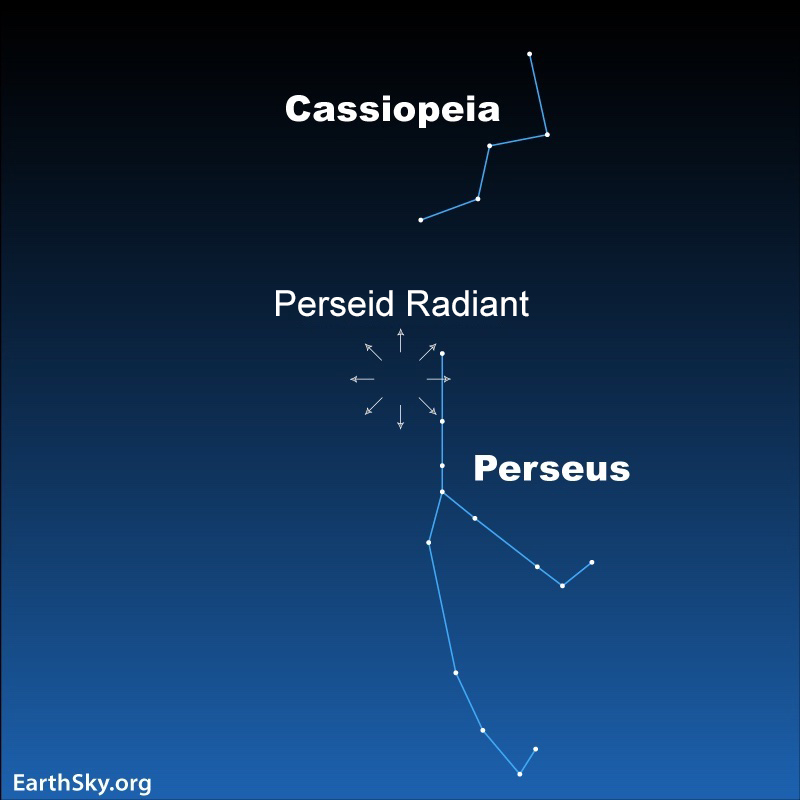
The radiant of the stream will be located in the constellation Perseus (hence the name). The easiest way to find it is to look for the constellation Cassiopeia (easily recognizable by its famous asterism in the shape of the letter “W”). The constellation Perseus will be located directly below it.
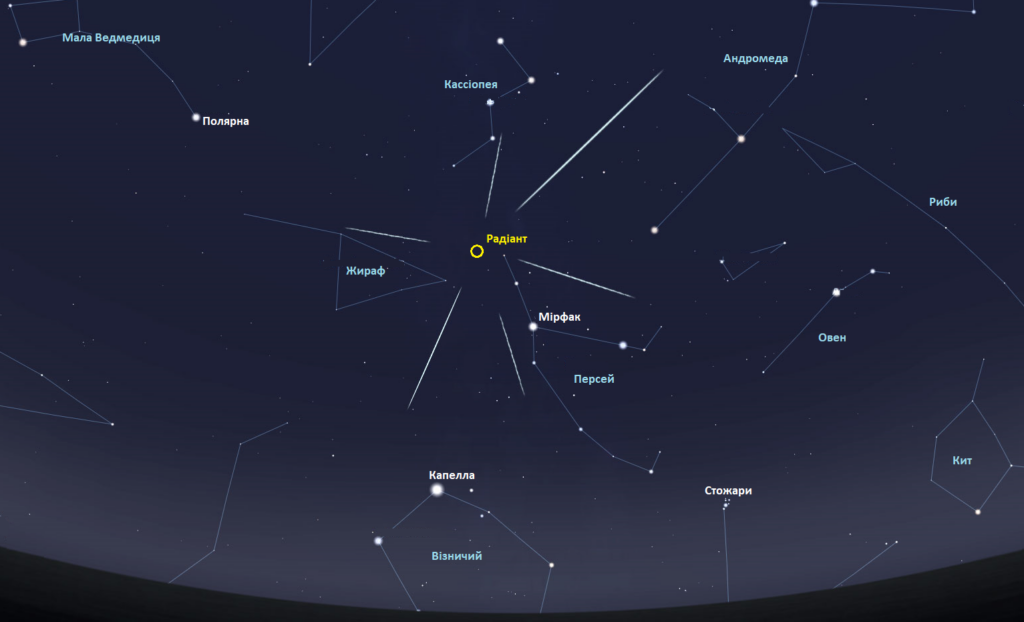
Practice shows that most meteors can be seen if you look not in the direction of the radiant, but at a point approximately in the middle between it and the zenith. On August 12-13, at midnight, it will be located in the northeast direction at 65° above the horizon, near the star β Cassiopeia (the upper one in the famous “W” of this constellation), and then gradually rise above the horizon until morning. Under such conditions, it is quite convenient to observe lying down, or even better — in a deck chair with your head turned to the southwest.


